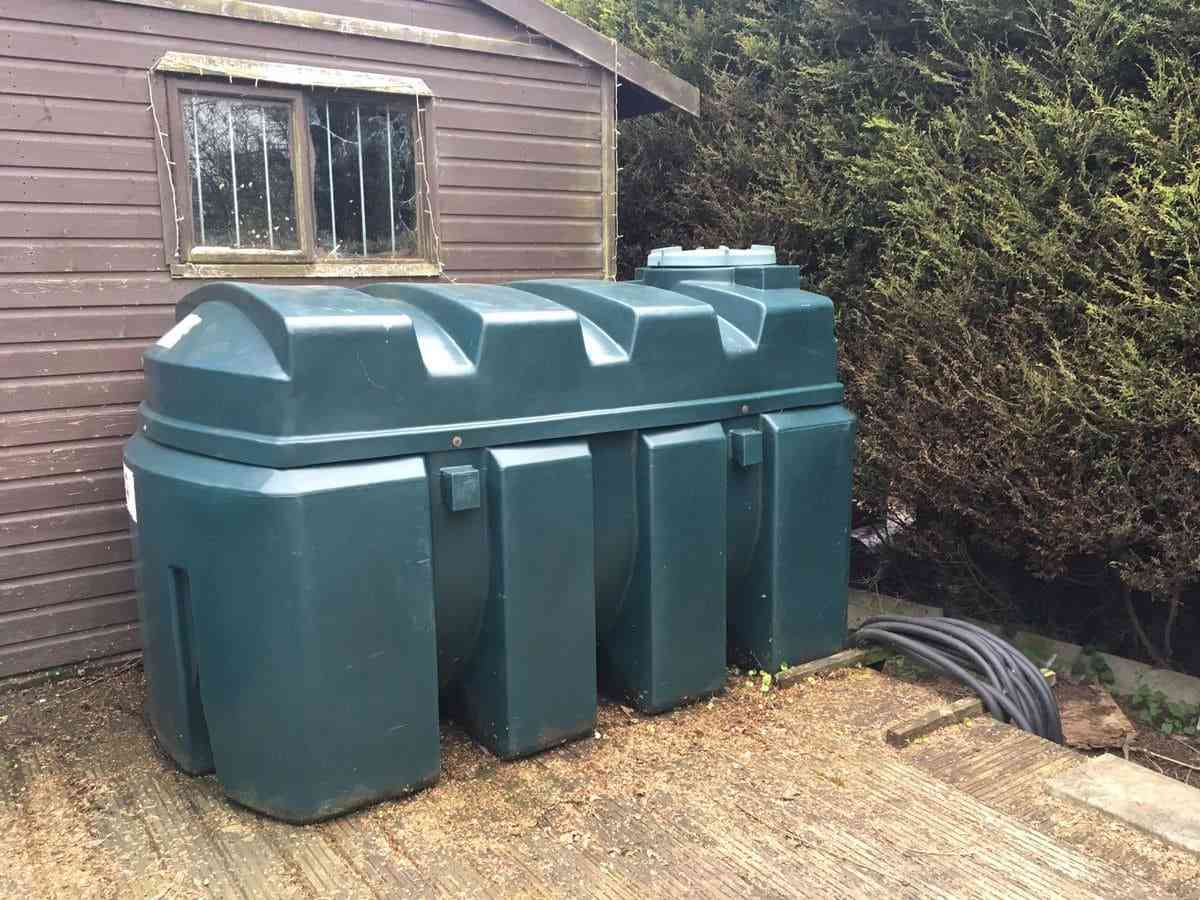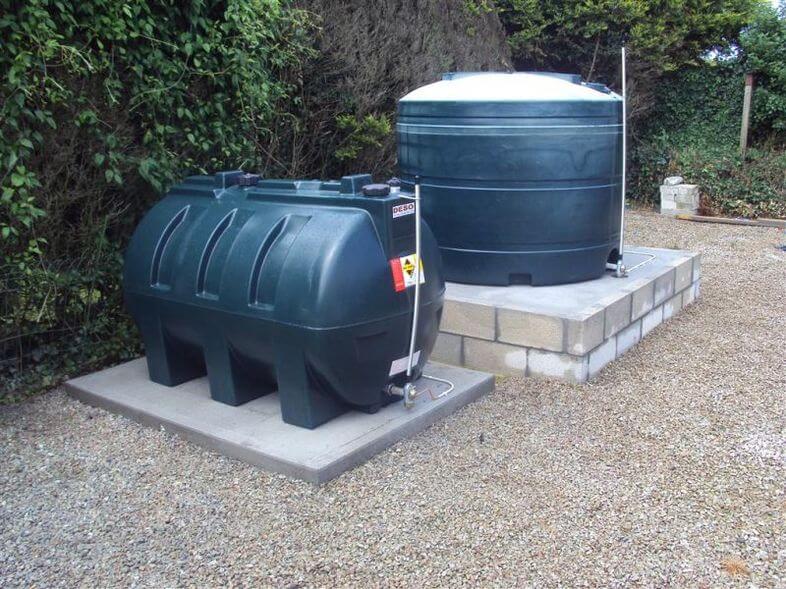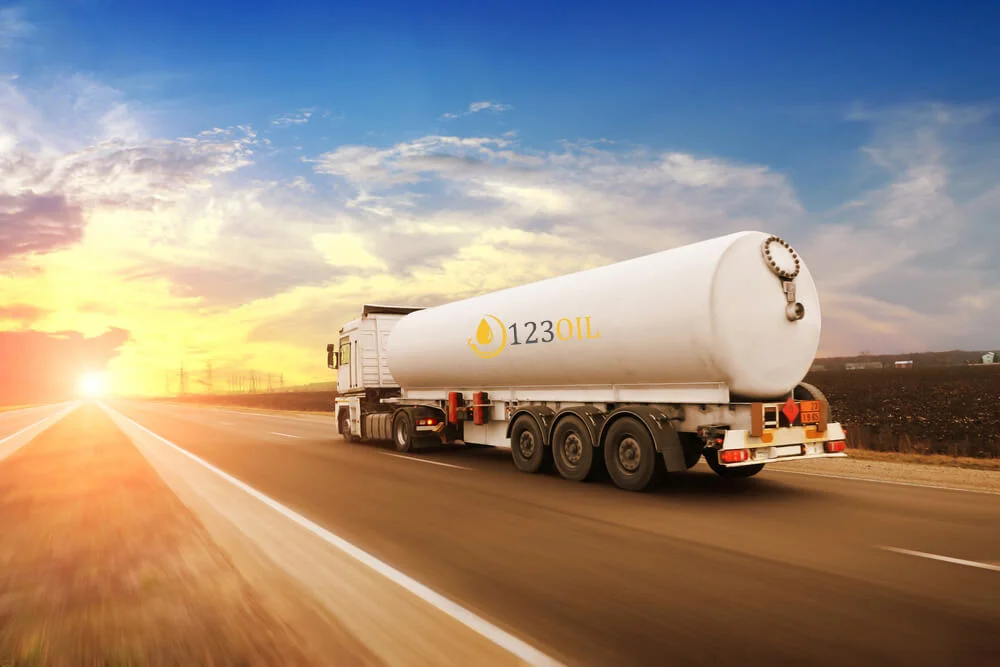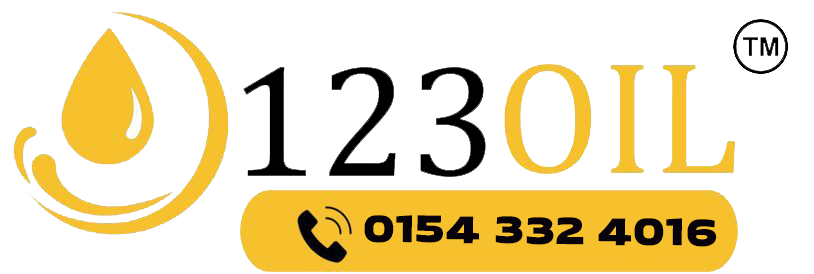A heating oil tank is one of the most cost-effective methods to heat your property efficiently. Proper installation of a heating oil tank is crucial for its optimal functioning and ensuring compliance with the associated regulations.
This guide helps you know about the types of heating oil tanks and the characteristics of the base that should be installed under them. It also includes details regarding installation guidelines for heating oil tanks and how to choose a suitable tank size for your property. Moreover, you can also get information on some important considerations while installing an oil tank, such as servicing and maintenance of the tank for its longevity and proper functioning.
Types of Heating Oil Tanks
Single-Skinned Tanks
These tanks contain oil in a single layer of container, and because they are less secure, they are subjected to strict regulations.
Bunded Tanks
In these tanks, an extra layer, called a bund layer, is outside the oil storage container, ensuring the protection of the inner container. These tanks are helpful in containing leakages or spillages efficiently and contribute to saving the environment.
There are certain circumstances in which the installation of a bunded tank becomes obligatory, such as:
- If your property is located in Guernsey, Isle of Man, Jersey, or Wales.
- If the tank’s capacity is more than 2,500 litres.
- If the installation of an oil tank is being carried out within 10m or 50m of controlled water sources or springs and boreholes, respectively.
- If the tank’s intended position can cause leakage, causing the oil to run into an open drain or controlled water source.
- If the outlet of the vent pipe can be clearly seen from the fill point.
- If just a single family does not live in the building to which oil will be supplied.
- If the tank will be present in a Groundwater Source Protection Zone 1 area or will be subjected to any other risk.

A heating oil tank is one of the most cost-effective methods to heat your property efficiently. Proper installation of a heating oil tank is crucial for its optimal functioning and ensuring compliance with the associated regulations.
This guide helps you know about the types of heating oil tanks and the characteristics of the base that should be installed under them. It also includes details regarding installation guidelines for heating oil tanks and how to choose a suitable tank size for your property. Moreover, you can also get information on some important considerations while installing an oil tank, such as servicing and maintenance of the tank for its longevity and proper functioning.
Types of Heating Oil Tanks
Single-Skinned Tanks
These tanks contain oil in a single layer of container, and because they are less secure, they are subjected to strict regulations.
Bunded Tanks
In these tanks, an extra layer, called a bund layer, is outside the oil storage container, ensuring the protection of the inner container. These tanks are helpful in containing leakages or spillages efficiently and contribute to saving the environment.
There are certain circumstances in which the installation of a bunded tank becomes obligatory, such as:
- If your property is located in Guernsey, Isle of Man, Jersey, or Wales.
- If the tank’s capacity is more than 2,500 litres.
- If the installation of an oil tank is being carried out within 10m or 50m of controlled water sources or springs and boreholes, respectively.
- If the tank’s intended position can cause leakage, causing the oil to run into an open drain or controlled water source.
- If the outlet of the vent pipe can be clearly seen from the fill point.
- If just a single family does not live in the building to which oil will be supplied.
- If the tank will be present in a Groundwater Source Protection Zone 1 area or will be subjected to any other risk.

Suitable Size of Heating Oil Tank
Heating oil tanks are available in different sizes, and you can select one for your property by considering various factors, such as your property’s size, boiler’s efficiency, oil usage, and heating requirements. These factors will help you choose the best size of heating oil tank for your property that efficiently fulfils all your needs.
Other Important Considerations
It is essential that the heating oil tank installation is completed by an experienced and OFTEC-registered engineer who has complete information about the latest regulations. If any other person is installing the heating oil tank, the building control should be informed so they can conduct an inspection and check the work to ensure it has been done properly.
Moreover, it is crucial to install the tank according to the provided guidelines for ensuring compliance and overall safety. Proper installation ascertains the efficient working of the heating oil tank, reduces heating bills, and helps prevent potential environmental and fire hazards.

Servicing & Maintenance of Heating Oil Tank
You should observe your tank regularly to check for any damaging signs, such as bulging and deep scratches, cracks, faulty gauges and alarms, rust, splits, or a stronger oil smell. Additionally, you should make sure that access to and around the tank is clear and that gauges and vents are safe from rainwater.
Regular servicing of heating oil tanks is important for their proper maintenance and efficient working. You should get your oil tank serviced at least once every year by an OFTEC-registered engineer to prevent the risk of breakdown, leaks, and spillages and save the environment from potential negative impacts. This practice also assists you in avoiding costs for repairing or replacing the damaged components and ensuring the longevity of your tank.
How 123 Oil can Help?
Furthermore, you can contact 123 Oil for the removal and installation of the heating oil tanks as well as for the supply of heating oil at any time of the day. We can also dispose of your old oil tank in an environmentally friendly way.










